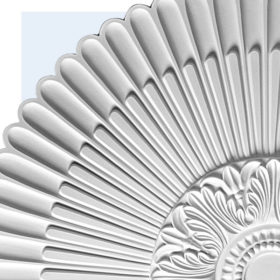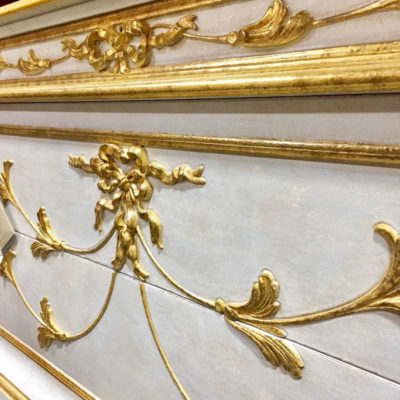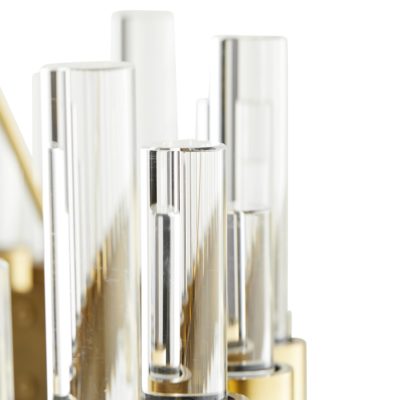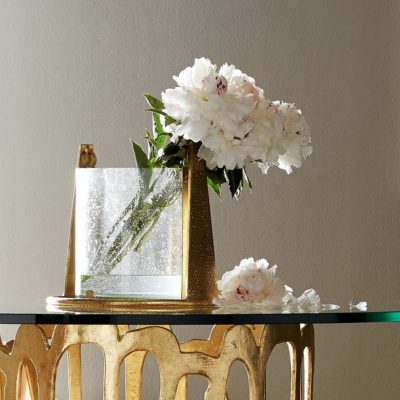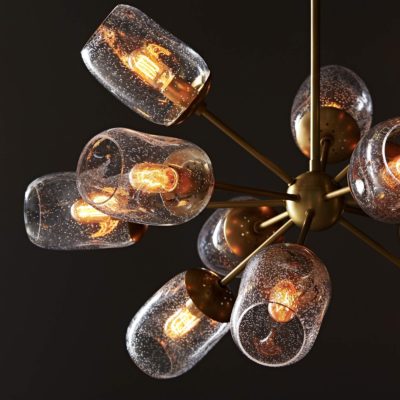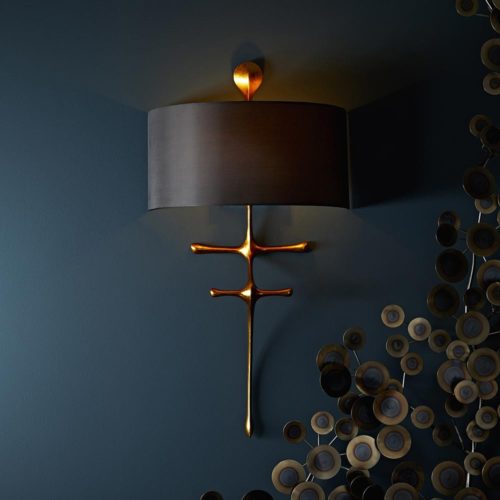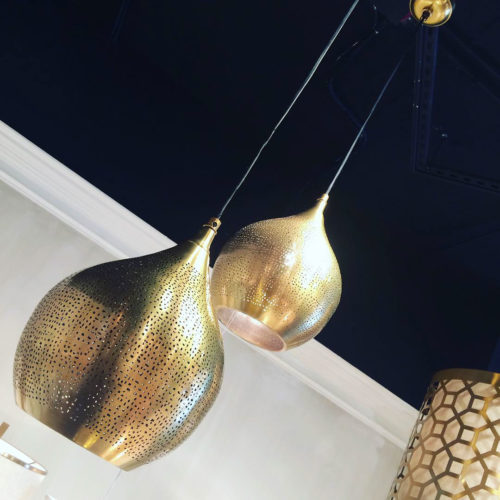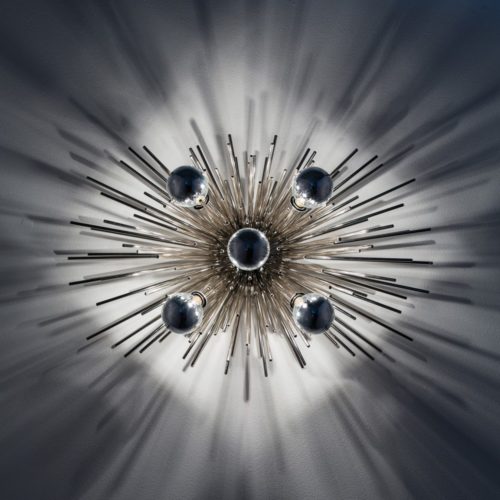The atmosphere of the room can be well defined by the built-in lighting and can be adjusted according to your mood by razing or lowering light levels. Not only does the lighting highlights architectural features, but it also defines and separates specific areas of the room. Indirect up-light inside a tray ceiling pull the eye upward to reveal the full extent of the room’s space — a splash of light thrown upward accents a dramatic ceiling design.
While general lighting in the room is provided by recessed lighting furnish abundant light; built-in down-lighters concealed as task lighting over the bed and vanity area.
Awash with light from the sconces the walls come alive with the dramatic interplay of light and dark. As with any built-in lighting, it pays to pre-wire sconces during construction, even if you don’t install them right away. Hide wiring behind the wall: add boxes and install lighting fixtures later.
Types of Built-in Lighting
The basic canister-shaped recessed lighting fixture often called a “can light,” is the same for both downlights and eyeball lights. The cylindrical can channels all the light downward, but you can dramatically alter the pattern the light throws in two ways: by choosing a different trim to aim, reflect, or diffuse light, or by replacing the light bulb inside with one of a different shape or color. Some trims for built-in ceiling lights have a glass diffuser that hides the bulb; others allow the bulb to remain visible. “Eyeball” fixtures designed to aim the light directly on the painting or sculpture, and swivel to the exact position desired.
A type of built-in lighting called a “wall washer” blocks a portion of the light to throw a shadow, a dramatic technique that is especially effective if you wish to accent the texture of a stone or brick wall. Recessed lights whose trim is flushed with the ceiling provide more overall lighting than those with an eyeball or wall-washer trim. Most of these fixtures require light bulbs of no more than 75 watts, but you can use a spotlight, a mini-spot, a regular incandescent, or a halogen bulb. Try a silver- or gold-color trim for maximum light, or a black baffle trim for subdued mood lighting.
A basic built-in recessed fixture with standard reflector trim throws light downward in a cone shape, producing a circle of light at the bottom s wide as the room is high. In the room with 8-foot ceilings, place the fixture in a grid from 6 to 8 feet apart (and never closer than 4), so the light slightly overlaps. In a room with 10-foot ceilings, place the lights about 7 to 10 feet apart. If you use a diffuser on a recessed light, you need a bulb with twice as much wattage to provide the same light as a bare bulb, but the light will appear softer.

